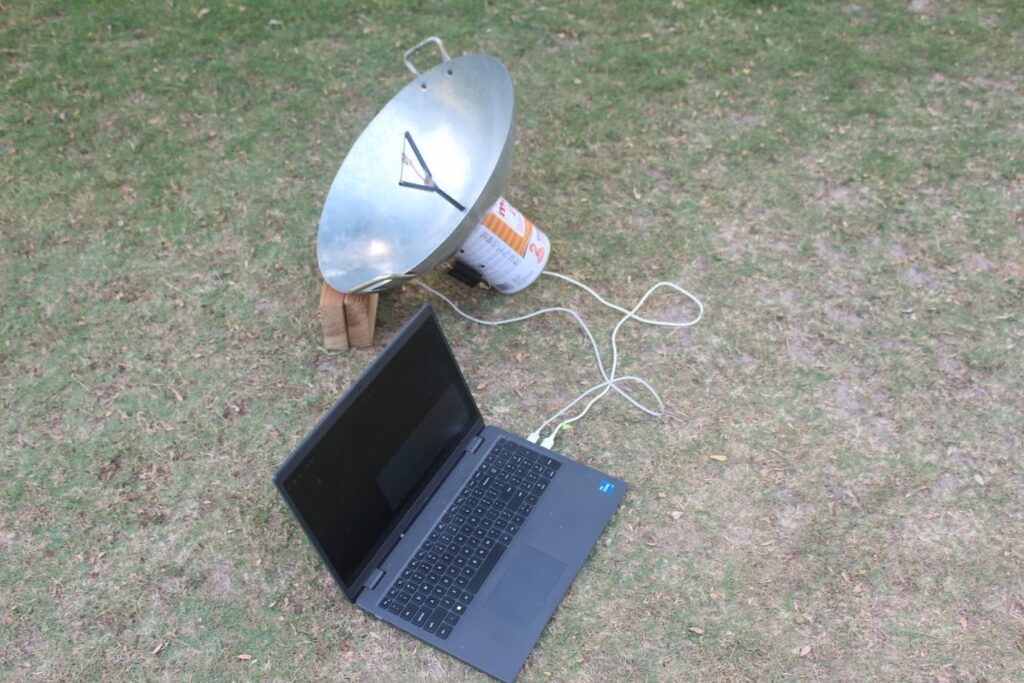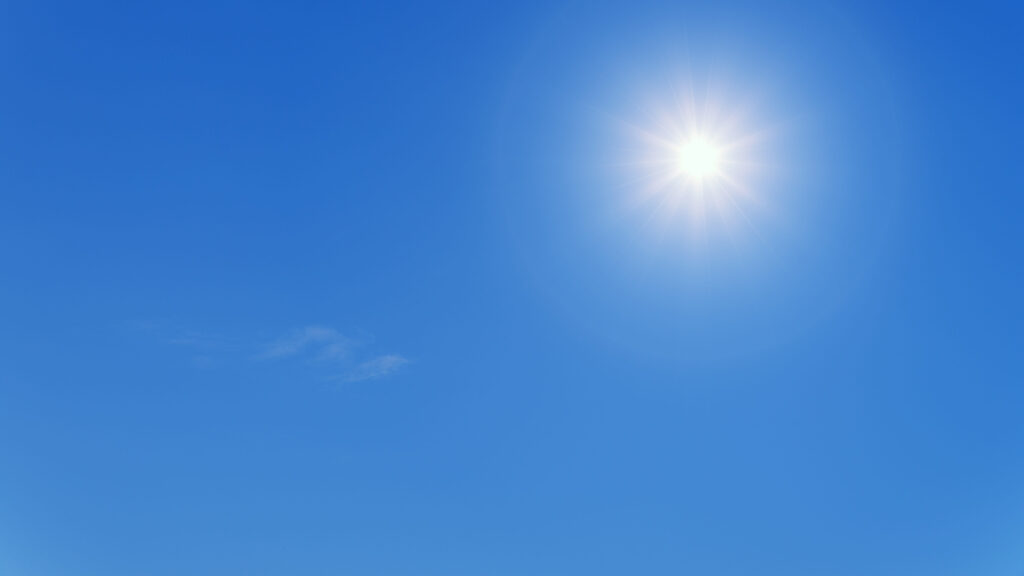6.5: The 21-cm hydrogen line from radio sources inside the Milky Way

The 21-cm hydrogen line from the Milky Way Recent advancements in radio observation have empowered astronomers to overcome obstacles presented by light pollution in urban areas. This current study delves into the utilization of karahi based antennas as a novel approach to observing celestial phenomena, with a specific focus on the emission of galactic neutral […]
6.4: Exoplanet Detection via the Transit Method
Exoplanet Detection via the Transit Method The transit method is amongst the most widely employed techniques utilized to detect and characterize exoplanets orbiting distant stars. By exploiting the subtle dimming of a host star’s brightness as an exoplanet passes in front of it, astronomers can obtain information about the exoplanet such as its size and […]
6.3 & 2.9 Michelson Interferometry

6.1: Identifying Absorption Lines in Blue Sky and Solar Spectra

Identifying Absorption Lines in Blue Sky and Solar Spectra Spectroscopic analysis is one of the cornerstones of astronomical research. By observing how the spectra of different astronomical objects behave, we can make grand conclusions about the nature of our universe. The solar spectrum is full of minute details which hint to the underlying physical processes […]
6.2: The Distance and Age of an Open Cluster

The Distance and Age of an Open Cluster Star clusters can serve as important tools to study the star formation, the dynamics of the ISM, and the evolution of our galaxy. They provide Astronomers the opportunity to study stellar populations where members might share many observational properties. These properties may include astrometry (space velocities, group […]
